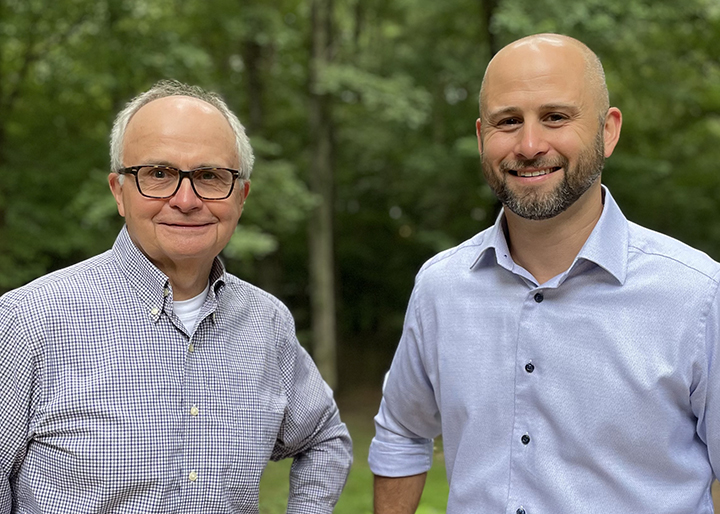Racing Full-Speed
RCN Capital’s Jeffrey Tesch is Pushing the Limits and Staying in the Fast Lane By Carole VanSickle Ellis If Jeffrey Tesch, CEO at private direct lender RCN Capital, were not involved in the private lending industry, he would probably be zooming at top speed around an asphalt track in Daytona or Talladega. “My wife might not agree, but I think if I put a helmet on and really worked at
Read More












